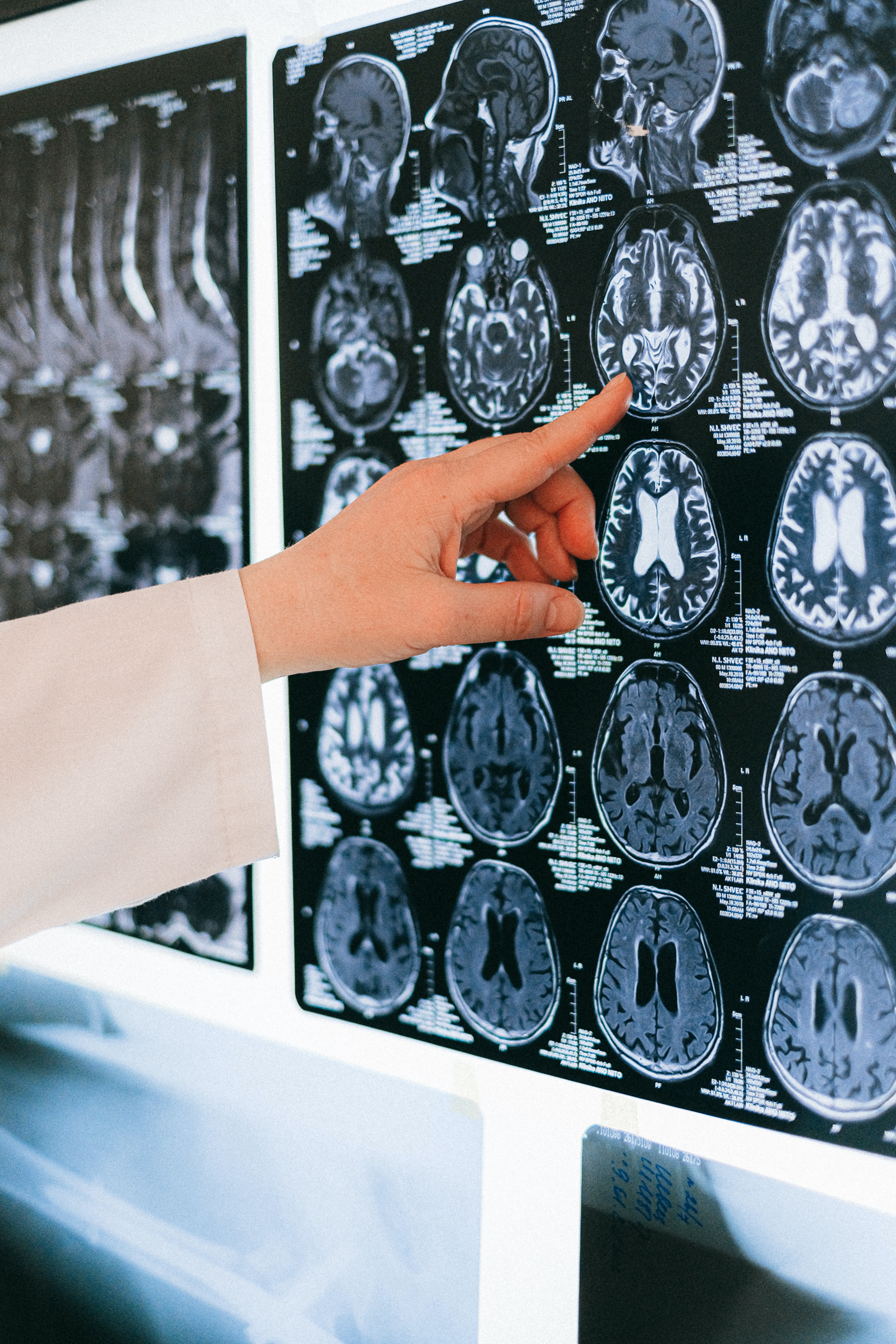Hemorrhagic Stroke
Medically reviewed by Karen Murray, OT, CHT, CSRS - written by Stroke-rehab.com

Hemorrhagic stroke occurs when a blood vessel bursts, and there is bleeding in the brain. This type of stroke can be divided into two subtypes, subarachnoid hemorrhage and intracerebral hemorrhage. Hemorrhages are less common than ischemic stroke but more likely to be fatal.
During a subarachnoid hemorrhage (SAH), bleeding occurs between the inner and middle tissues that surround the brain. The space between these tissues is called the subarachnoid space thus the name, subarachnoid hemorrhage. SAH is only considered a stroke if it occurs spontaneously. SAH due to blunt trauma or a head injury is not considered a stroke.
An intracerebral hemorrhage (ICH) occurs within the brain itself and begins abruptly. The cause is often chronic high blood pressure. It is not uncommon to have severe headaches with ICH as well as nausea, vomiting, seizures, and loss of consciousness though symptoms vary from person to person.
Hemorrhage can occur due to high blood pressure which weakens artery walls and can cause them to rupture. Other causes can include a brain aneurysm (a bulging, weak wall in an artery), arteriovenous malformation (abnormal connection between arteries and veins), cerebral amyloid angiopathy ( a build up of protein on the artery walls of the brain that make bleeding more likely), cancer, drug use, and conditions or medications that can cause excessive bleeding.
Treatment for hemorrhagic stroke depends on the cause of bleeding. Initial care will include determining the cause of bleeding, controlling any blood pressure issues, measuring and controlling abnormal pressure in the brain, and stopping any medication that might be causing increased bleeding. Surgical interventions may be necessary to control bleeding. For out more information about treatment of stroke at www.stroke-rehab.com/treatment.html.
Get Our Stroke Rehab Guide

Our stroke rehab guide is designed specifically for patients and caregivers. It's in pdf format and can be immediately downloaded. It includes about
- Stroke Definition & Causes
- Stroke Treatment
- Rehabilitation Information for Physical, Occupational and Speech Therapy
- Exercise pictures
- Q&A from patients and caregivers
- Adaptive Equipment & Techniques
- How to Prevent Another Stroke & More!
Medical Disclaimer: All information on this website is for informational purposes only. This website does not provide medical advice or treatment. Always seek the advice of your physician or other healthcare provider before undertaking a new healthcare or exercise regimen. Never disregard professional medical advice or delay seeking medical treatment because of something you have read on this website. See the disclaimer page for full information.
- Home
- Types of Stroke
- Hemorrhagic Stroke













